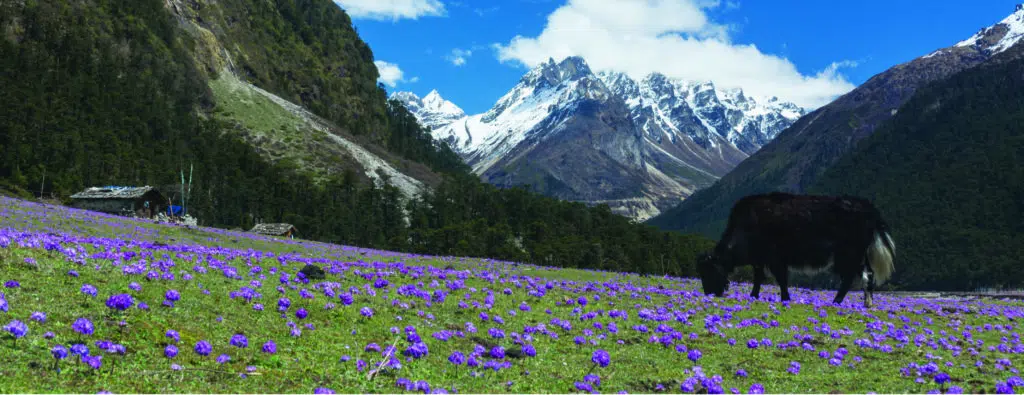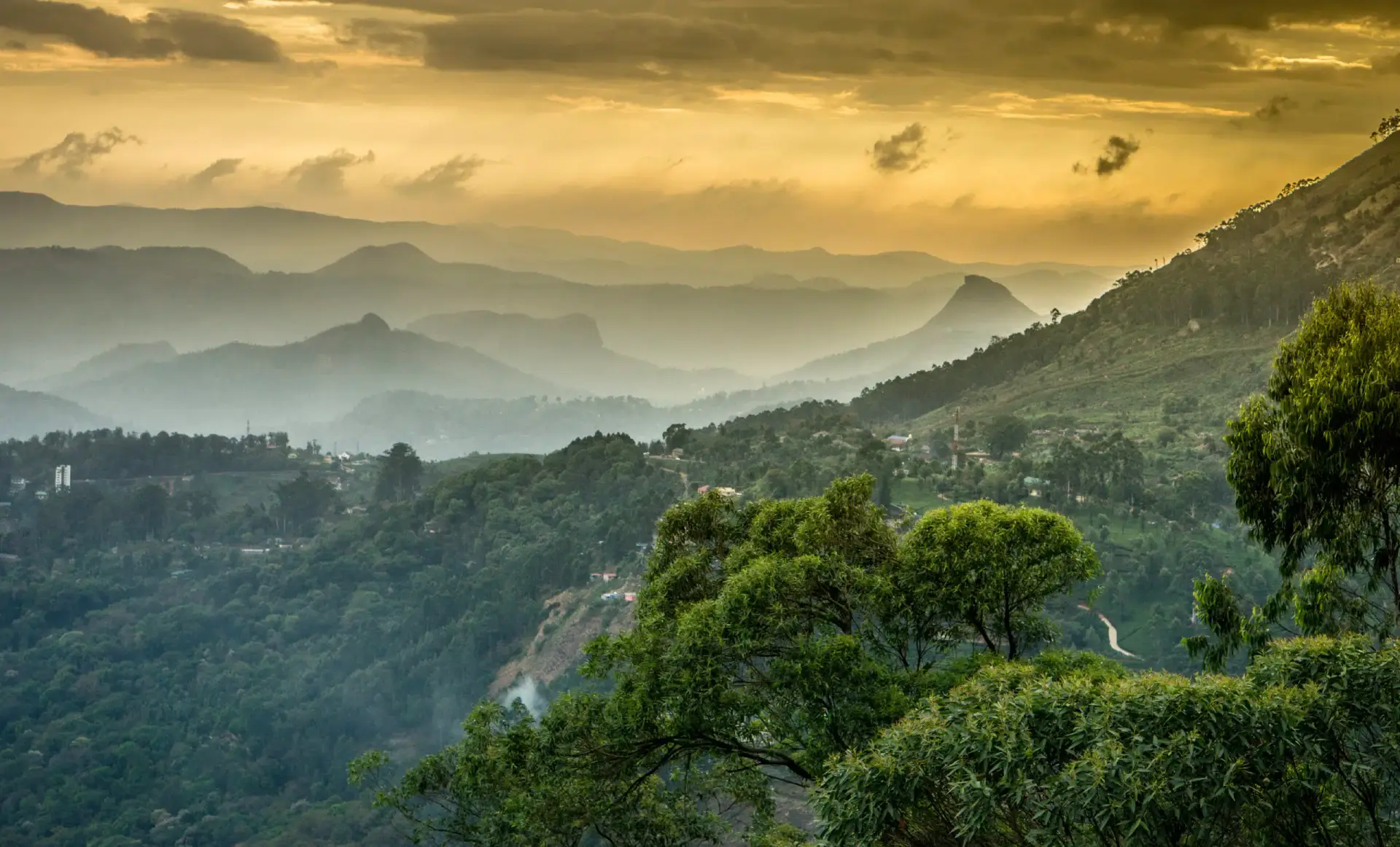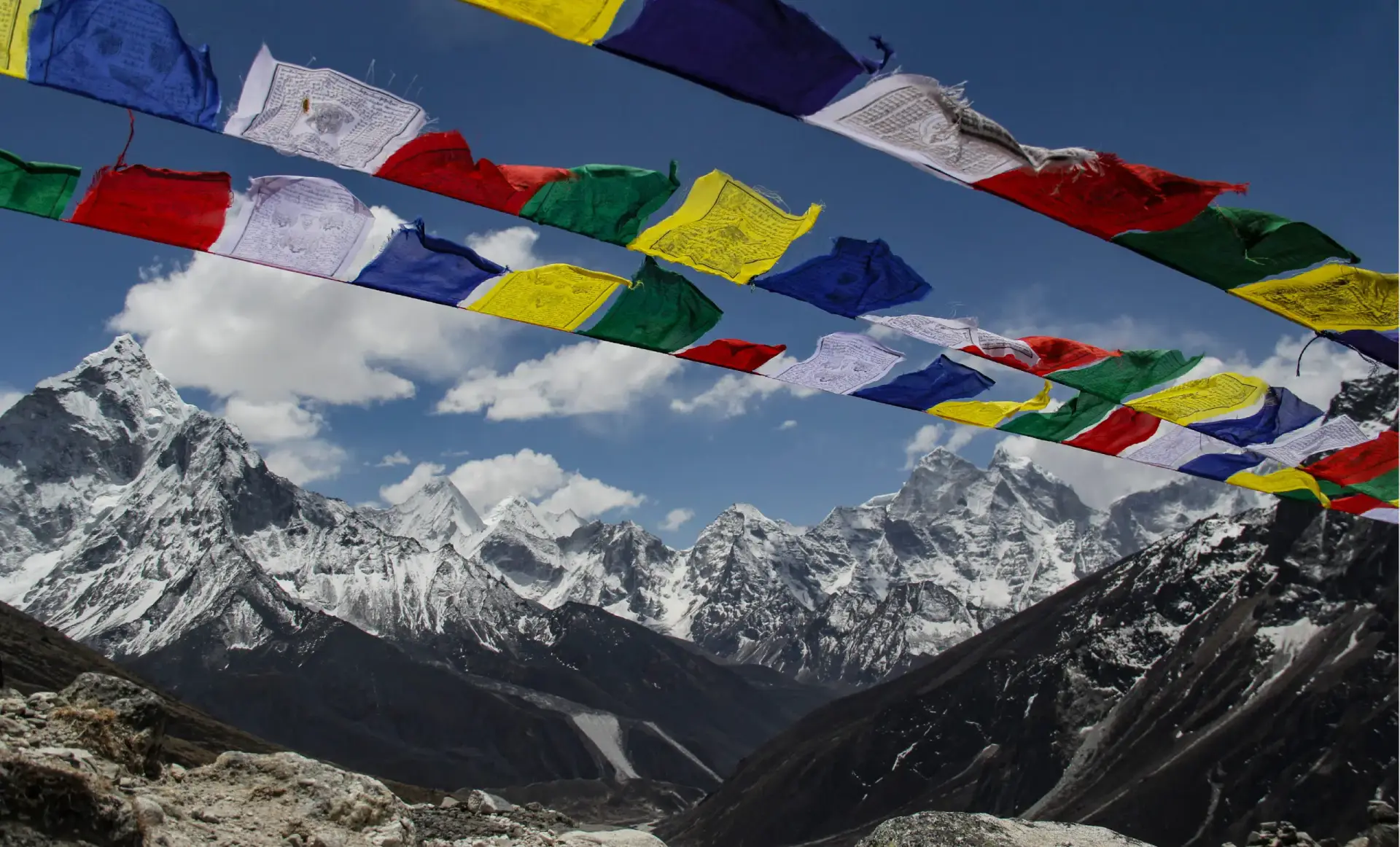India’s endless bounty of world-class experiences can be difficult to even put into words. And none more so than the natural splendors to behold. From pristine wild parklands preserved to perfection and harboring such incredible creatures as Bengal Tiger, leopards, elephants, hippos, and a miraculous variety of birds.
Journeys with Nomadic Expeditions bring you to face to face with such miraculous habitats and wildlife, and we welcome you to explore all of this land’s incredible sites. From vast floodplain sanctuaries to archeological sites of early habitations to the towering Himalaya—India’s natural places on the list of UNESCO World Heritage sites are among the greatest reasons to visit.
Kaziranga National Park
In the heart of Assam, this park is one of the last areas in eastern India undisturbed by a human presence. It is inhabited by the world’s largest population of one-horned rhinoceroses, as well as many mammals, including tigers, elephants, panthers and bears, and thousands of birds. Kaziranga National Park represents one of the last unmodified natural areas in the north-eastern region of India. It is regarded as one of the finest wildlife refuges in the world. The park’s contribution in saving the Indian one-horned rhinoceros from the brink of extinction at the turn of the 20th century to harboring the single largest population of this species is a spectacular conservation achievement. It is also an important area for migratory birds.
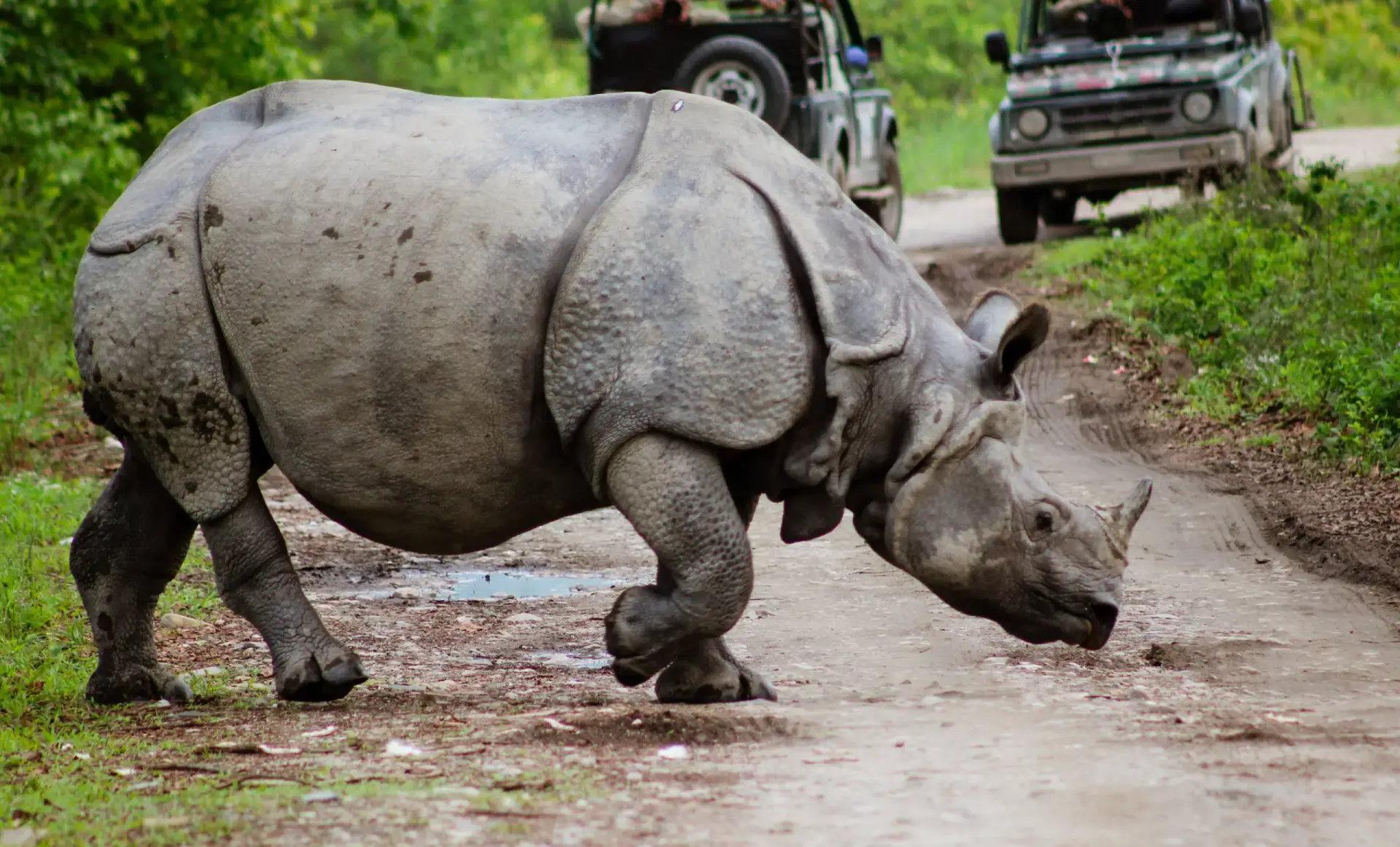
Manas Wildlife Sanctuary
On a gentle slope in the foothills of the Himalaya, where wooded hills give way to alluvial grasslands and tropical forests, the Manas sanctuary is home to a great variety of wildlife, including many endangered species, such as the tiger, pygmy hog, Indian rhinoceros and Indian elephant. Manas Wildlife Sanctuary is located in the State of Assam in North-East India, a biodiversity hotspot. The site’s scenic beauty includes a range of forested hills, alluvial grasslands and tropical evergreen forests. Notably, sizeable populations of many threatened species continue to survive here.
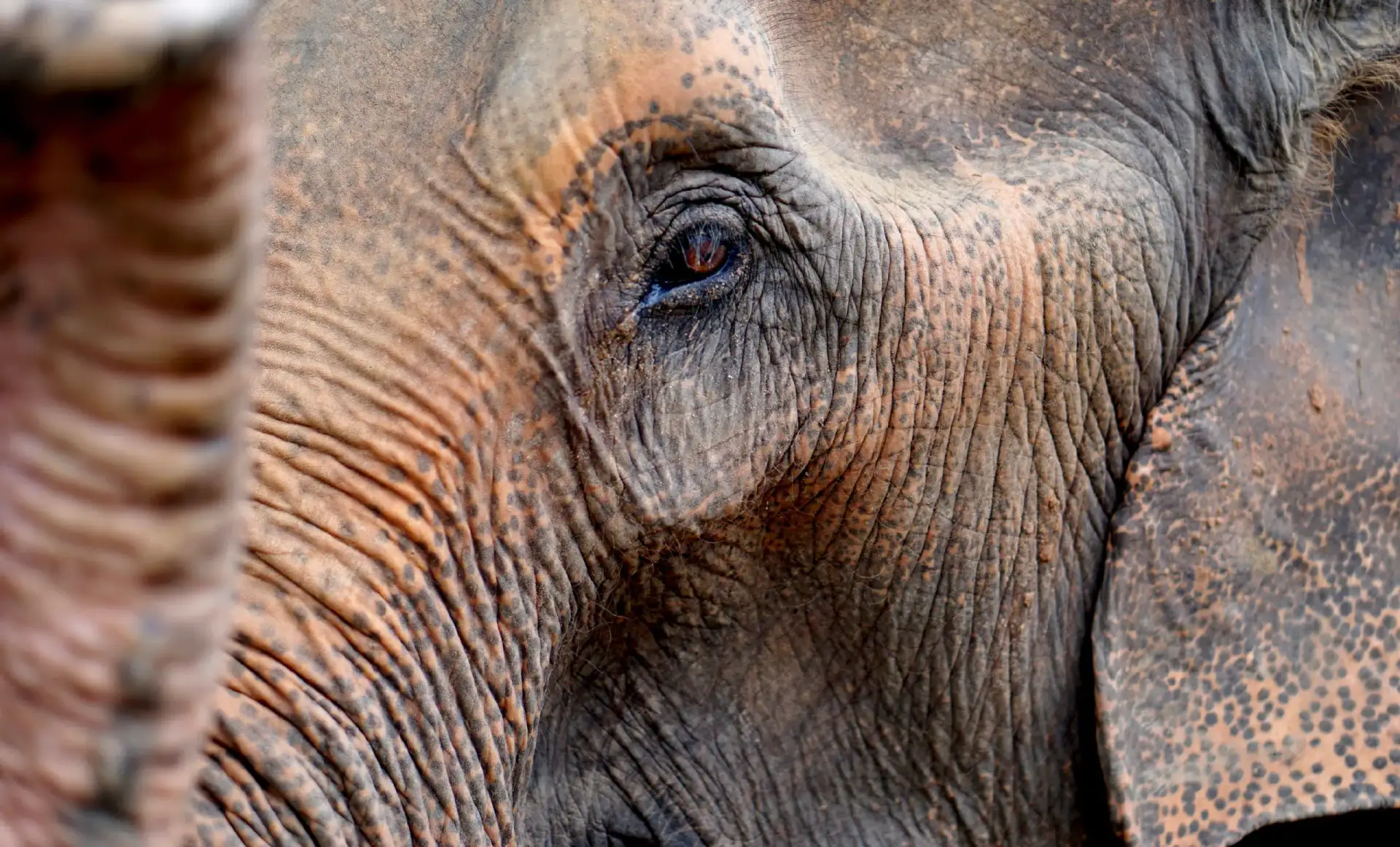
Keoladeo National Park
This former duck-hunting reserve of the Maharajas is one of the major wintering areas for large numbers of aquatic birds from Afghanistan, Turkmenistan, China and Siberia. Some 364 species of birds, including the rare Siberian crane, have been recorded in the park. Located in the State of Rajasthan, Keoladeo National Park is an important wintering ground of Palaearctic migratory waterfowl and is renowned for its large congregation of non-migratory resident breeding birds. Hunting has ceased and the area was declared a national park in 1982. During the breeding season the most spectacular heronry in the region is formed by 15 species of herons, ibis, cormorants, spoonbills and storks, where in a well-flooded year over 20,000 birds nest.
Sundarbans National Park
The Sundarbans contains the world’s largest area of mangrove forests. A number of rare or endangered species live in the park, including tigers, aquatic mammals, birds and reptiles. Located at the mouth of the Ganges and Brahmaputra Rivers between India and Bangladesh, its forest and waterways support a wide range of’ fauna including a number of species threatened with extinction. The mangrove habitat supports the single largest population of tigers in the world which have adapted to an almost amphibious life, being capable of swimming for long distances and feeding on fish, crab and water monitor lizards.
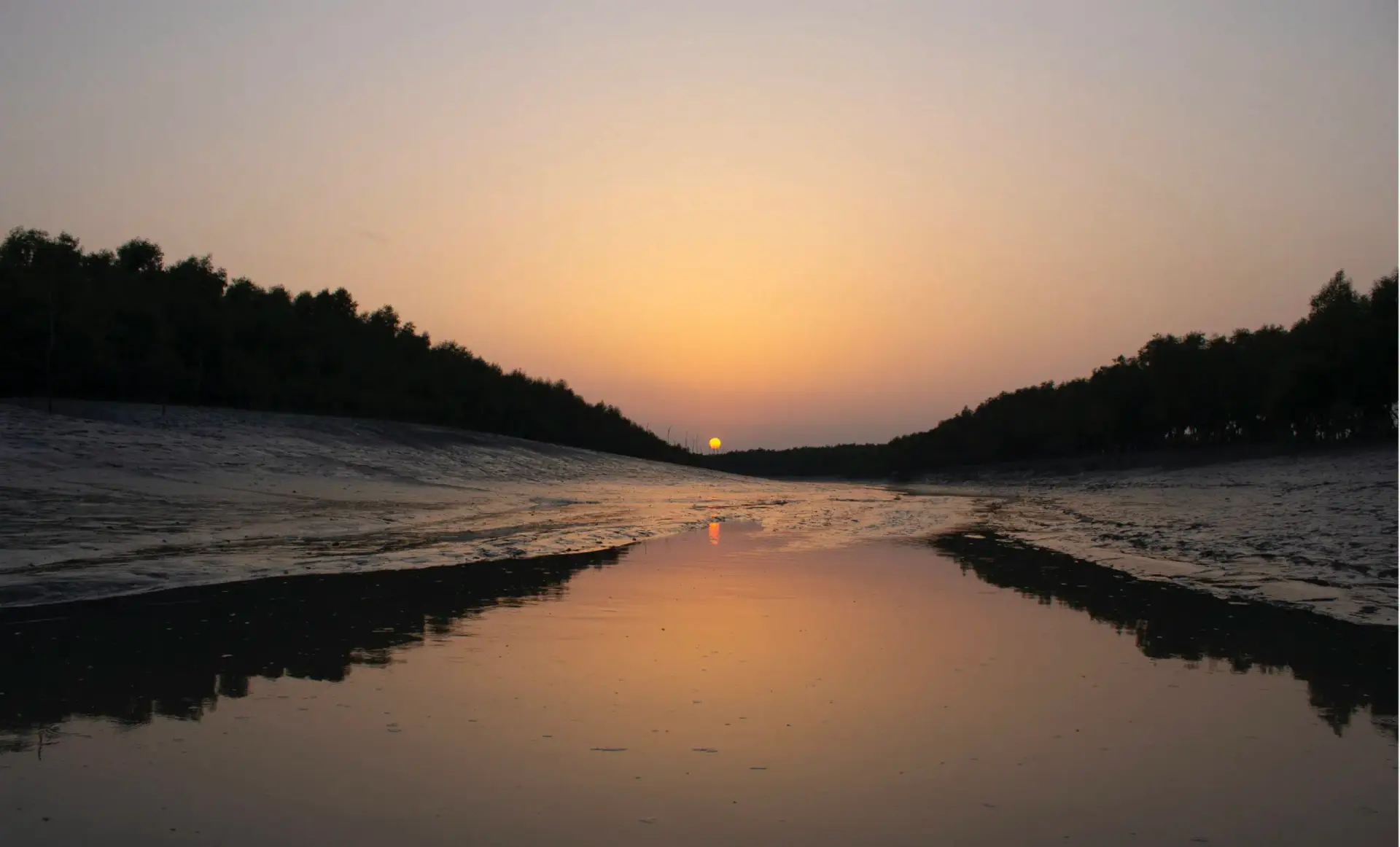
Nanda Devi and Valley of Flowers National Parks
Nestled high in West Himalaya, India’s Valley of Flowers National Park is renowned for its meadows of endemic alpine flowers and outstanding natural beauty. This richly diverse area is also home to rare and endangered animals, including the Asiatic black bear, snow leopard, brown bear and blue sheep. The gentle landscape of the Valley of Flowers National Park complements the rugged mountain wilderness of Nanda Devi National Park. Together they encompass a unique transition zone between the mountain ranges of the Zanskar and Great Himalaya, praised by mountaineers and botanists for over a century and in Hindu mythology for much longer.
Rock Shelters of Bhimbetka
The Rock Shelters of Bhimbetka are in the foothills of the Vindhyan Mountains on the southern edge of the central Indian plateau. Within massive sandstone outcrops, above comparatively dense forest, are five clusters of natural rock shelters, displaying paintings that appear to date from the Mesolithic Period right through to the historical period. The cultural traditions of the inhabitants of the twenty-one villages adjacent to the site bear a strong resemblance to those represented in the rock paintings.
Western Ghats
Older than the Himalaya mountains, the mountain chain of the Western Ghats represents geomorphic features of immense importance with unique biophysical and ecological processes. It also has an exceptionally high level of biological diversity and endemism and is recognized as one of the world’s eight ‘hottest hotspots’ of biological diversity. The forests of the site include some of the best representatives of non-equatorial tropical evergreen forests anywhere and are home to at least 325 globally threatened flora, fauna, bird, amphibian, reptile and fish species.
Great Himalayan National Park Conservation Area
This National Park in the western part of the Himalaya Mountains in the northern Indian state of Himachal Pradesh is characterized by high alpine peaks, alpine meadows and riverine forests. The property includes the upper mountain glacial and snow meltwater sources of several rivers, and the catchments of water supplies that are vital to millions of downstream users. The GHNPCA protects the monsoon-affected forests and alpine meadows of the Himalayan front ranges. The area displays distinct broadleaf and conifer forest types forming mosaics of habitat across steep valley side landscapes. It is a compact, natural and biodiverse protected area system that includes 25 forest types and an associated rich assemblage of fauna species.
Khangchendzonga National Park
Located at the heart of the Himalaya range in northern India (State of Sikkim), the Khangchendzonga National Park includes a unique diversity of plains, valleys, lakes, glaciers and spectacular, snow-capped mountains covered with ancient forests, including the world’s third highest peak, Mount Khangchendzonga. Mythological stories are associated with this mountain and with a great number of natural elements (caves, rivers, lakes, etc.) that are the object of worship by the indigenous people of Sikkim. The sacred meanings of these stories and practices have been integrated with Buddhist beliefs and constitute the basis for Sikkimese identity. Khangchendzonga National Park’s grandeur is undeniable and the Khangchendzonga Massif, other peaks and landscape features are revered across several cultures and religions. The combination of extremely high and rugged mountains covered by intact old-growth forests up to the unusually high timberline further adds to the exceptional landscape beauty.

